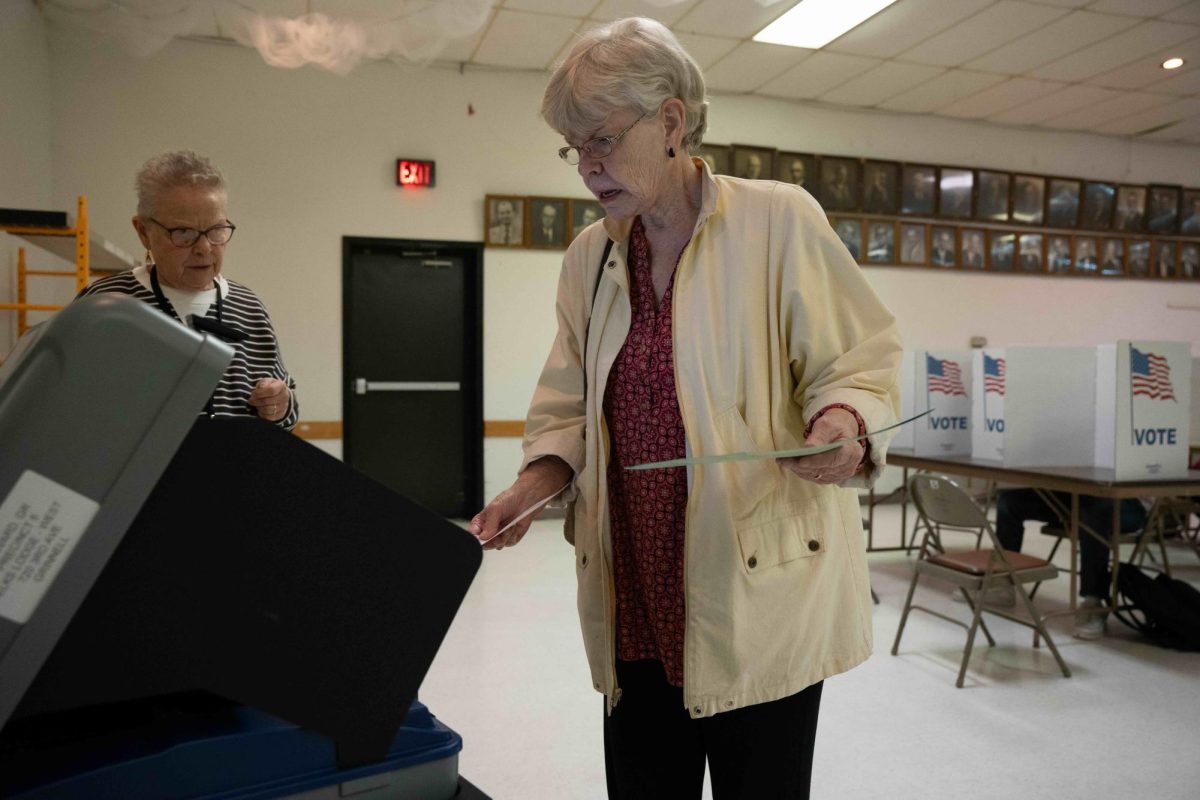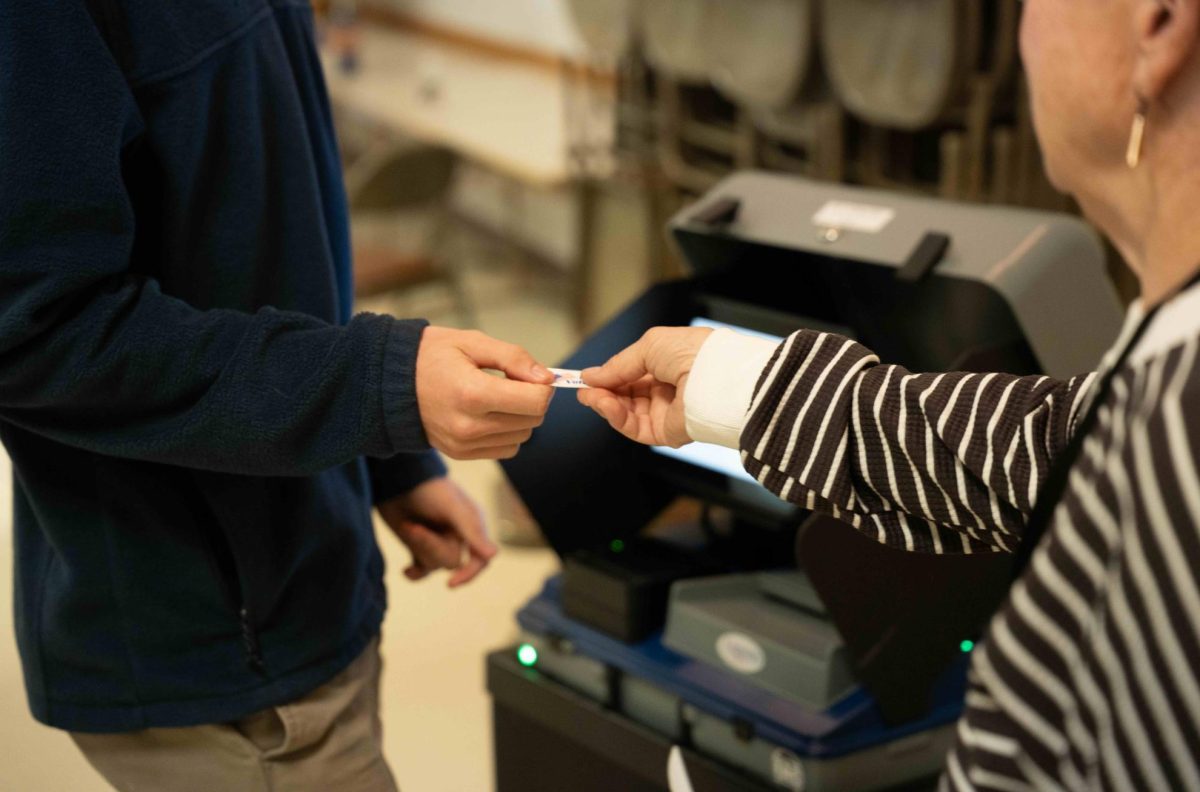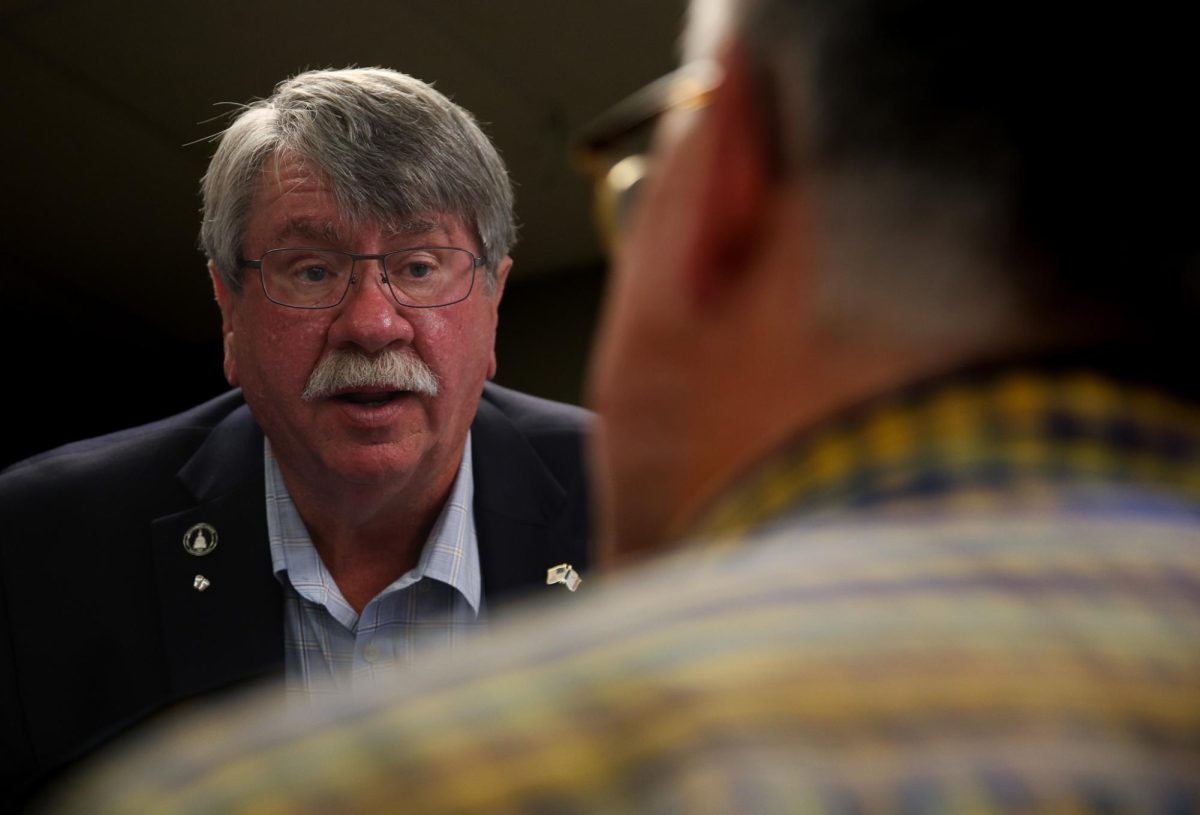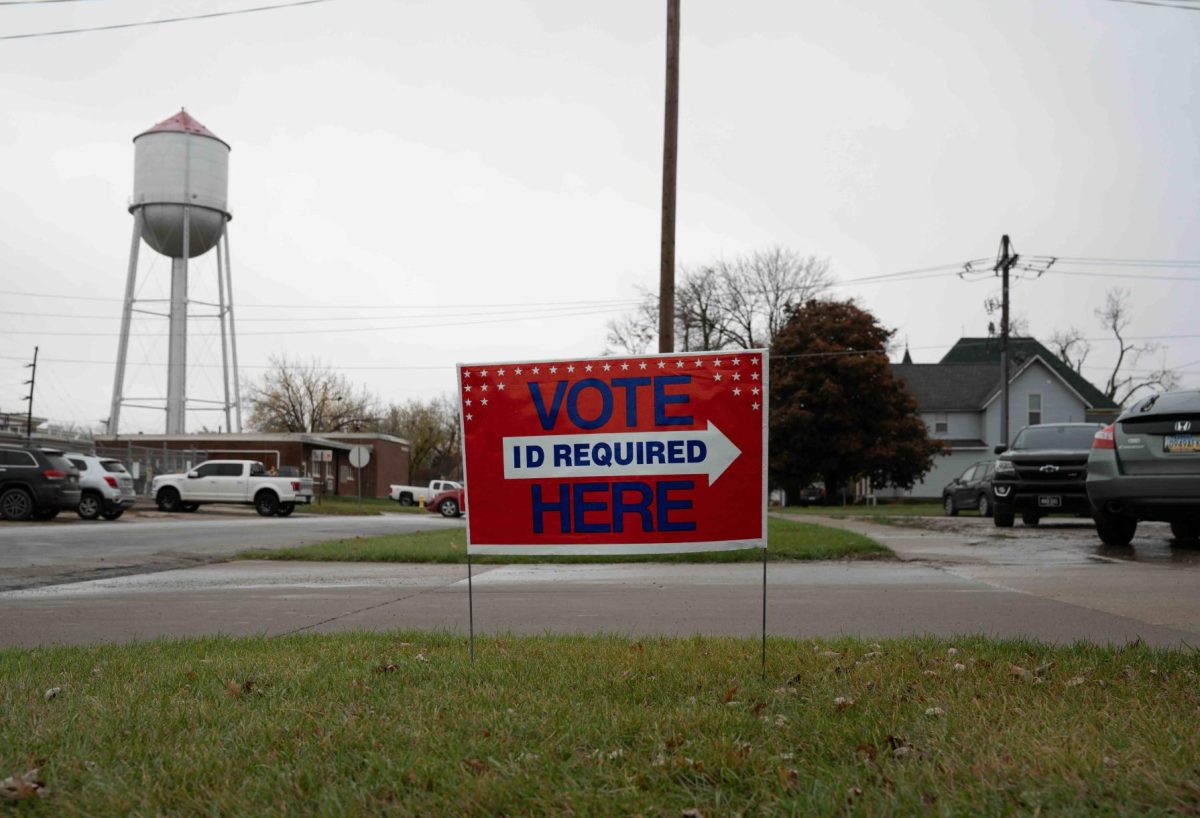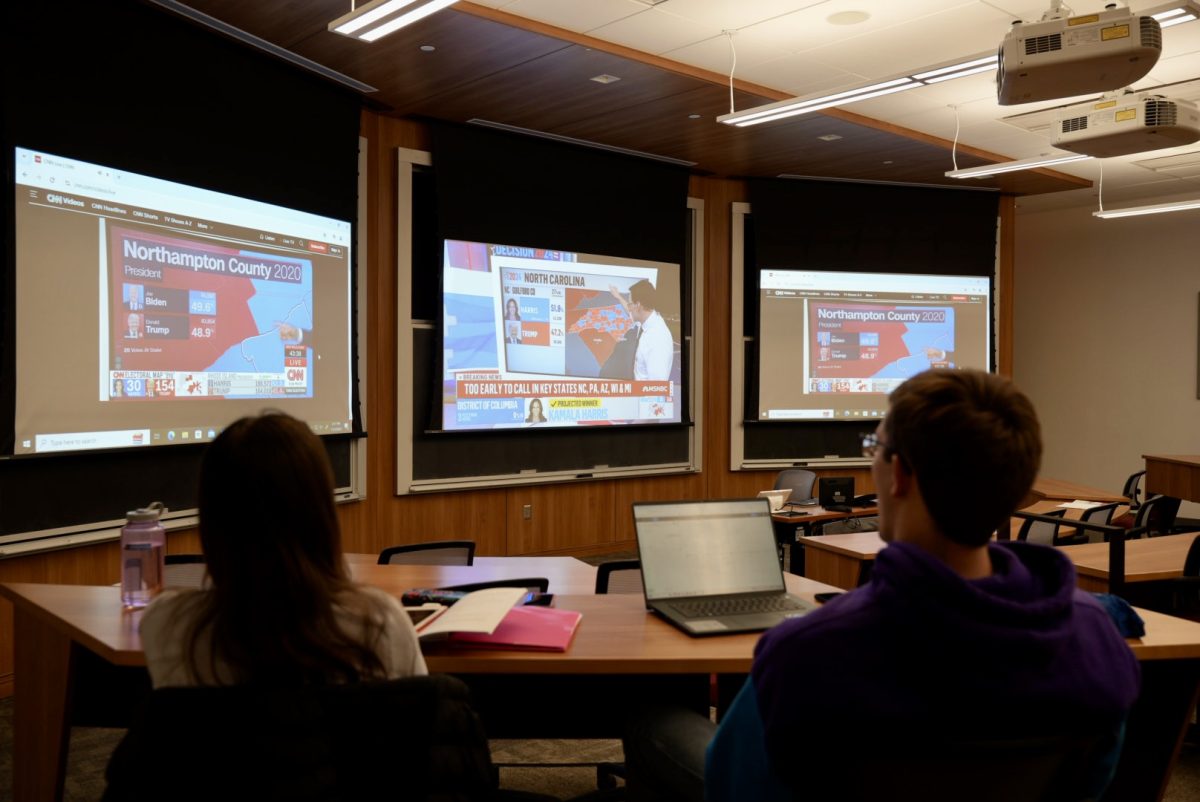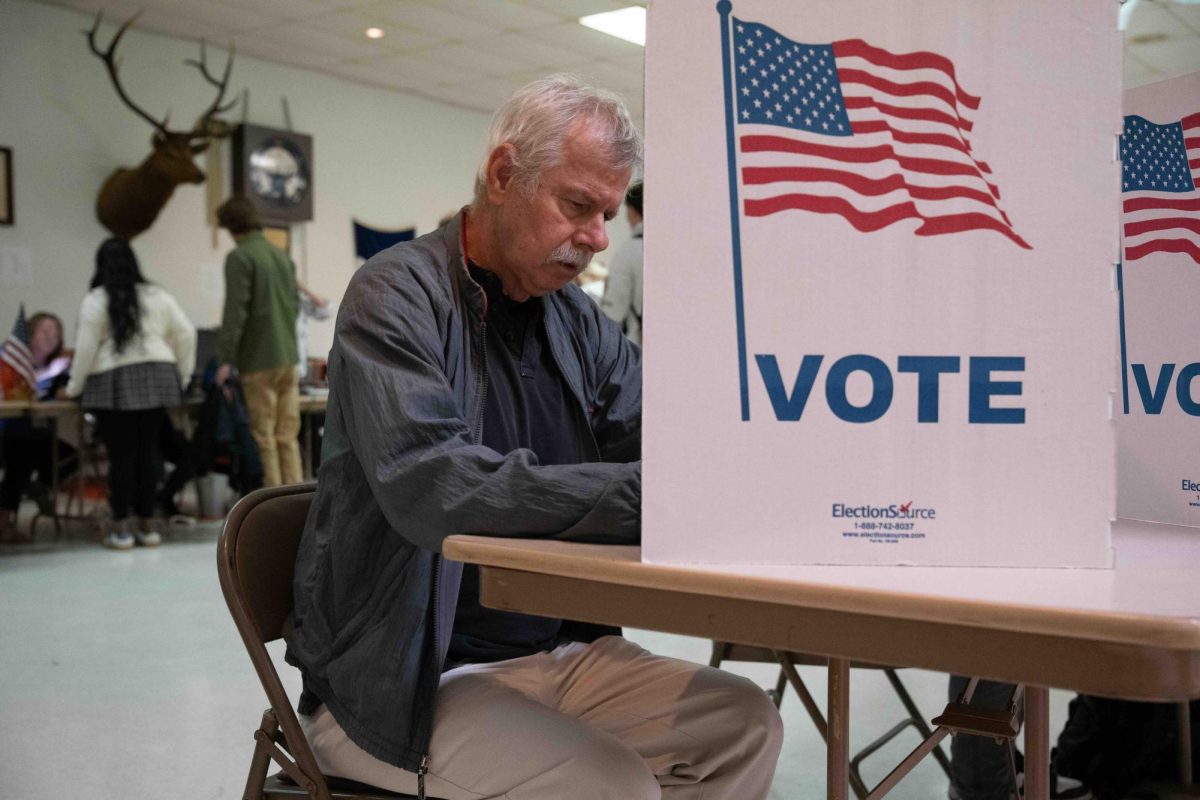Update: Since the release of this article, the Des Moines Register announced Selzer has retired from election polling. Selzer told the Register in 2023 that she would not renew her 2024 contract.
J. Ann Selzer and her team have not identified the explicit causations behind the inaccuracy of her recent poll that saw Vice President Kamala Harris leading president-elect Donald Trump by 3 percent in Iowa. Donald Trump claimed victory over the state with around a 13 percent difference on Election Day. In an email to The S&B, Selzer said, “We are still looking at our data, so I have no comment at this time.”
“The nature of the enterprise is that there are going to be misses. And that is just a statistical possibility anytime you conduct a poll,” Peter Hanson, director of Grinnell College National Poll and professor of political science, said. “This is one of those one in 20 times when the true attitude of the population was not within the margin of error.”
Hanson said every poll has a small margin of error. 19 out of 20 times, more accurate predictions will be made about a population within a poll. For Selzer, this year’s recent predictions fell into that margin of error.
The objective of a poll is to use scientific methods to gauge what a population at large thinks about, Julia Bauder, Grinnell’s Data Analysis & Social Inquiry Lab (DASIL) director and professor of digital studies said. A poll does this by working to collect both a random and representative sample of the electorate, Hanson said.
Bauder said the method Selzer uses when polling, calling a large number of random phone numbers of people from the state, generally gets the job done of accurately capturing Iowan voters’ beliefs. However, both Bauder and Hanson said that random phone interviews present challenges — often there’s a bias towards people more likely to answer their phone and willing to interview regarding political matters. This can result in skewed thoughts on behalf of the larger population.
Selzer and other pollsters have methods to correct for these challenges, namely, weighing the responses of groups of voters who were less represented in phone interviews more heavily, Bauder said. But, regardless of corrections, polling in this manner presents challenges that can be out of the control of the pollsters themselves.
Bauder said, “This might just be a case where randomly, she [Selzer] got a really bad sample.”
Hanson said for any pollster, there’s a desire to be correct and a temptation to adjust one’s numbers to reflect others’ findings. Selzer’s poll was published in a wave of predictions pointing towards Trump winning Iowa with ease — Selzer challenged this. Despite Selzer’s inaccurate poll, Hanson said that the decision to go against this wave was commendable.
“Life goes on, right? It’s a single poll that was off, and I just think that happens,” Hanson said.

















































